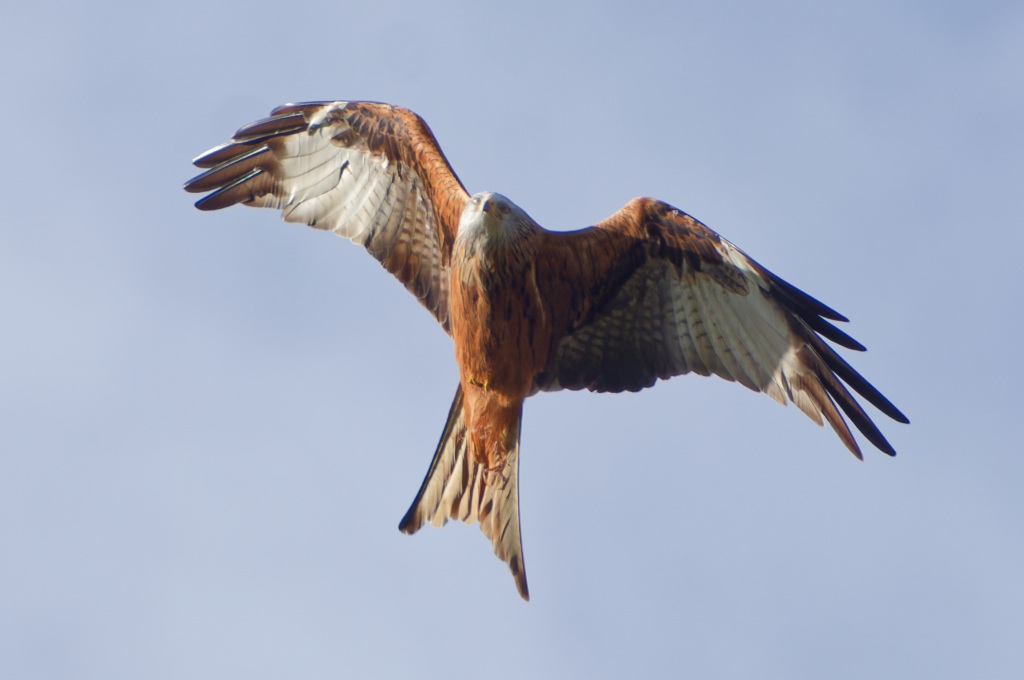
Our friends Nigel and Janet took us for a day out in Doune near Stirling. There were four items on the agenda – a trip to the castle, a pub lunch, a look at the antiques centre and a visit to Argaty Kites. I had glimpsed a brown road sign for Argaty Kites on a previous trip to Doune. I was not aware of the castle. It was used in the film Monty Python in the Holy Grail. King Arthur was taunted , most memorably, at the foot of the East wall; I mean, who can beat “Your mother was a Hamster and your father smelt of Elderberries”? The castle was also used extensively in Outlander, which I have never seen, and in Game of Thrones, which I have (several times over, every bit). For shame, I didn’t recognise the place as Winterfell, home of house Stark. It was an interesting visit; I was particularly taken with the punishment pit below a trapdoor in the Lord’s Hall; ah, the economy of the archaic judicial system, trial to sentence to confinement in a matter of metres at the say of one powerful individual. None of those inconvenient appeals or human rights conventions, eh?
Lunch was had at the Woodside where they served a beer called Cairngorm which I could get well used to.
On to the Kites; the Bowser family have run the farm since 1916 and are deeply involved in agritourism. The farm would be a good place to spend a day because of the wide range of wildlife watching opportunities on offer besides the Red Kites. Red squirrels can be viewed from hides and Beavers have been introduced.
Despite all the wildlife, this livestock farm is a going agricultural concern according to Niall Bowser, who provided a commentary before the Kite feeding and then headed out with a bucket of deer offal to kick things off.
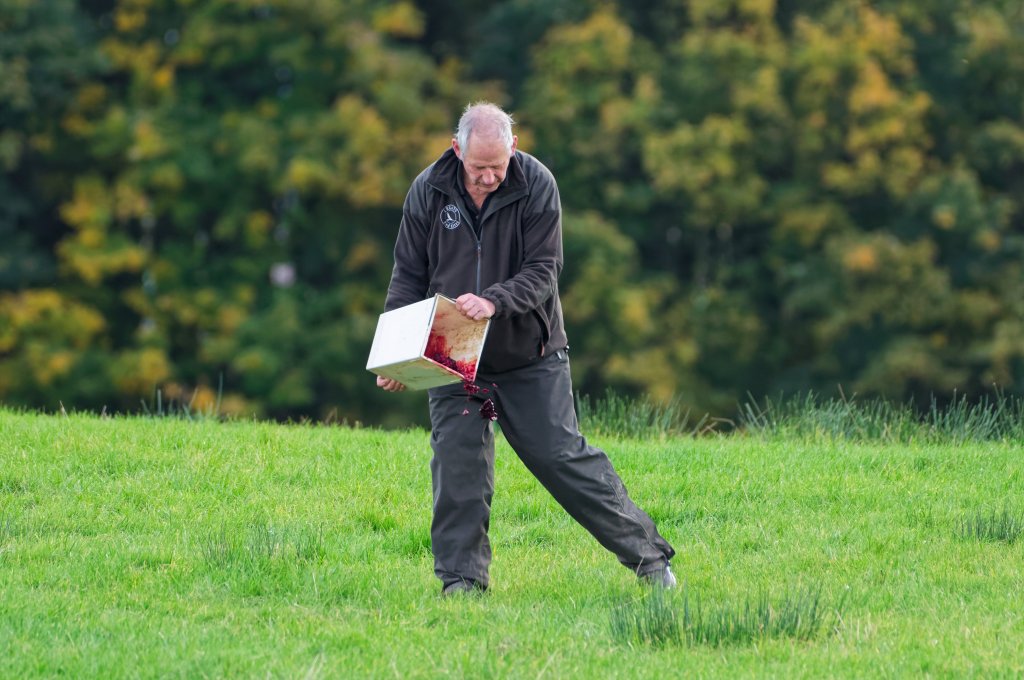
I’d already heard the Kites calling around the farm as we mustered outside the visitor centre for the short walk up to the hide, and seen them starting to circle. As the offal hit the turf, the kites jumped in, seeming to tumble out of the air.
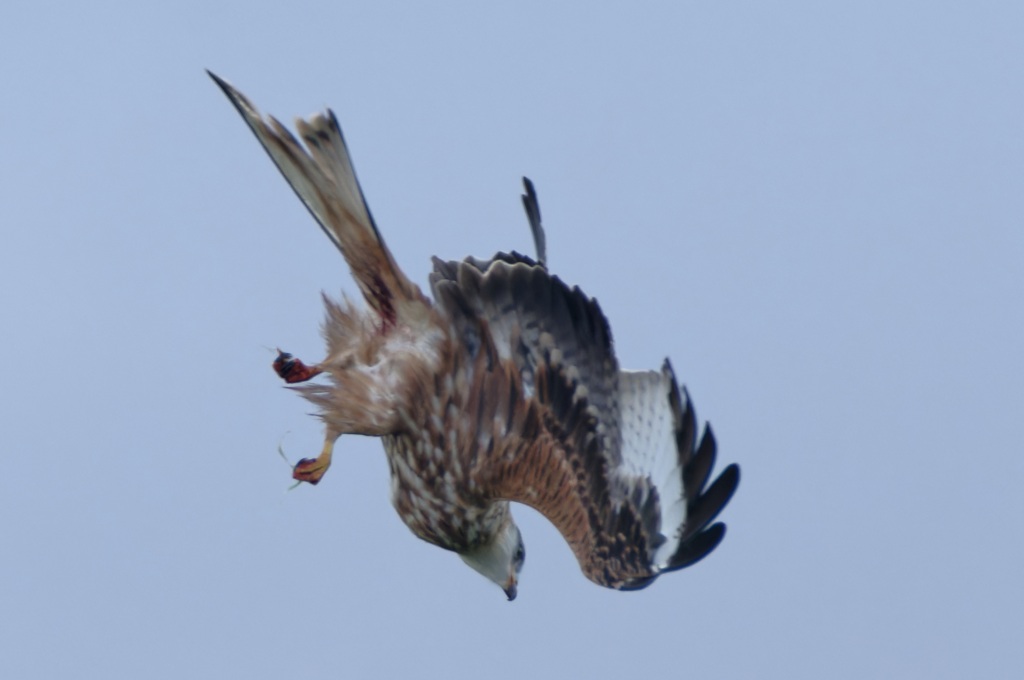
They were really hard to photograph from the hide and I have to express some disappointment in the quality of what I’m posting. These are enormous birds and shouldn’t be hard to capture at really high resolution. The light was initially good, though it went off a bit while we were waiting for some chumps who’d contrived to be late.
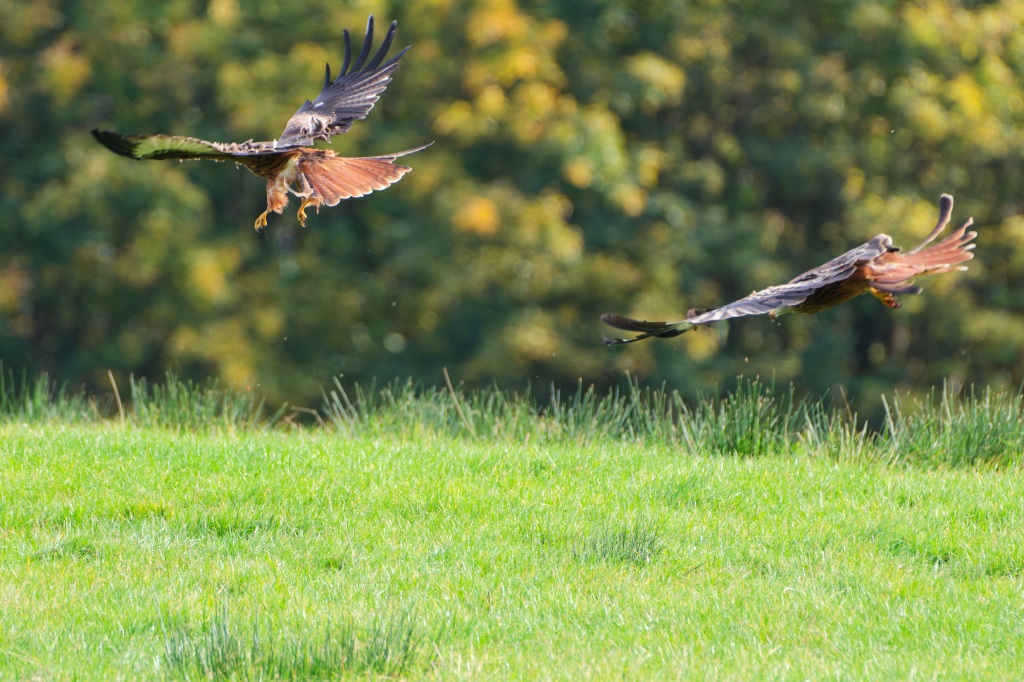
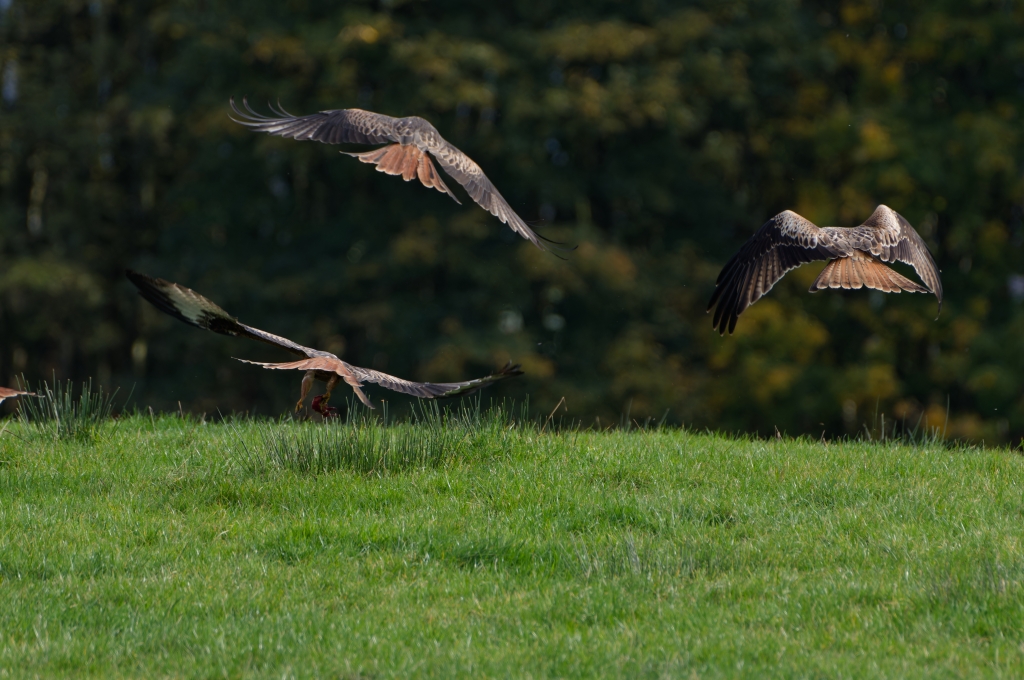
The problem is this: I have almost no experience of tracking birds with unpredictable flight paths using a camera. Panning across a beach while a flock of waders fly along the surf line is one thing, but these agile Kites are something else. The former scenario is a two-dimensional problem which the autofocus or manual adjustment both have chances of solving. The latter involves a third dimension and I found the autofocus struggling, even when holding the back button in on the AF.C setting (this is what Pentax call it), which makes continuous adjustments to the focus, and I’m not quick enough to succeed with a manual approach. It was a chastening experience. I did better on my knees in the car park with the camera on the monopod, tracking birds across the sky in shallower arcs. I’m not sure how I would do things differently when faced with this situation again.
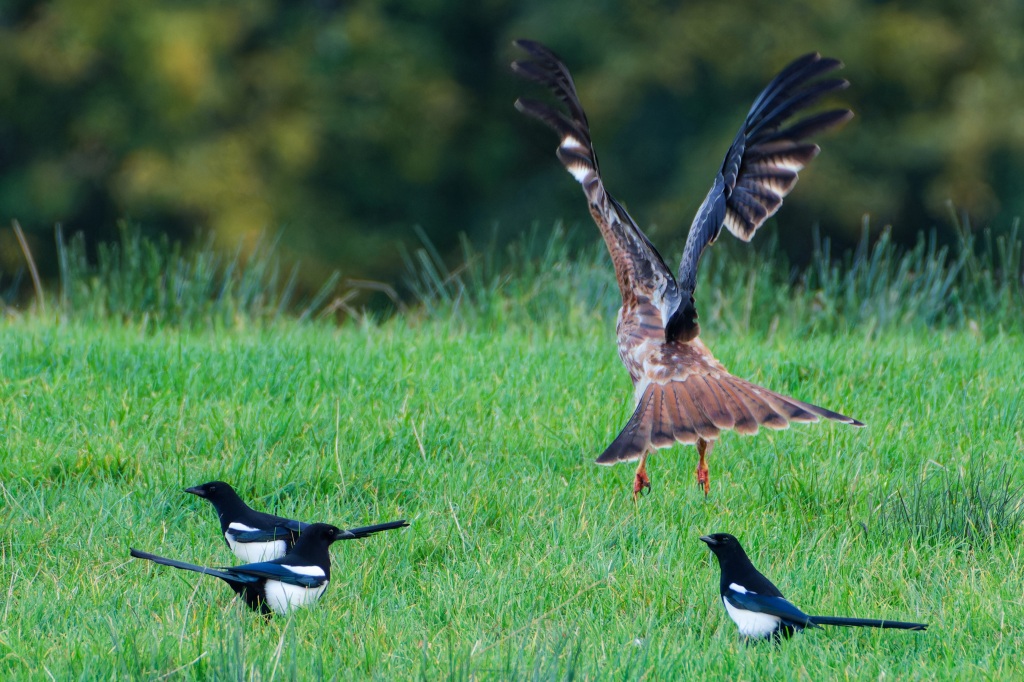
There were about three waves of Kites; by the time the last one ended, they had uplifted all the offal. Unsurprisingly, Mr Bowser’s bounty had attracted some Magpies and they were smart enough to keep still when the Kites swooped in. Mr Bowser told us that the quantity of food was calculated to attract multiple birds but not to sate them. The farm seems to be holding around fifteen birds which ensures a good show for visitors.

Red Kites are a glorious and extraordinary shape. Even an unaided sighting will pick up the tail against the sky, but a view through the long axis of the bird shows the mobility of this part of the flight surface (twelve rectrices in the tail) and its role as a rudder. The ten primaries which make up the very tips of the wings remind me of Vultures, which I’ve only seen once (in Mallorca).
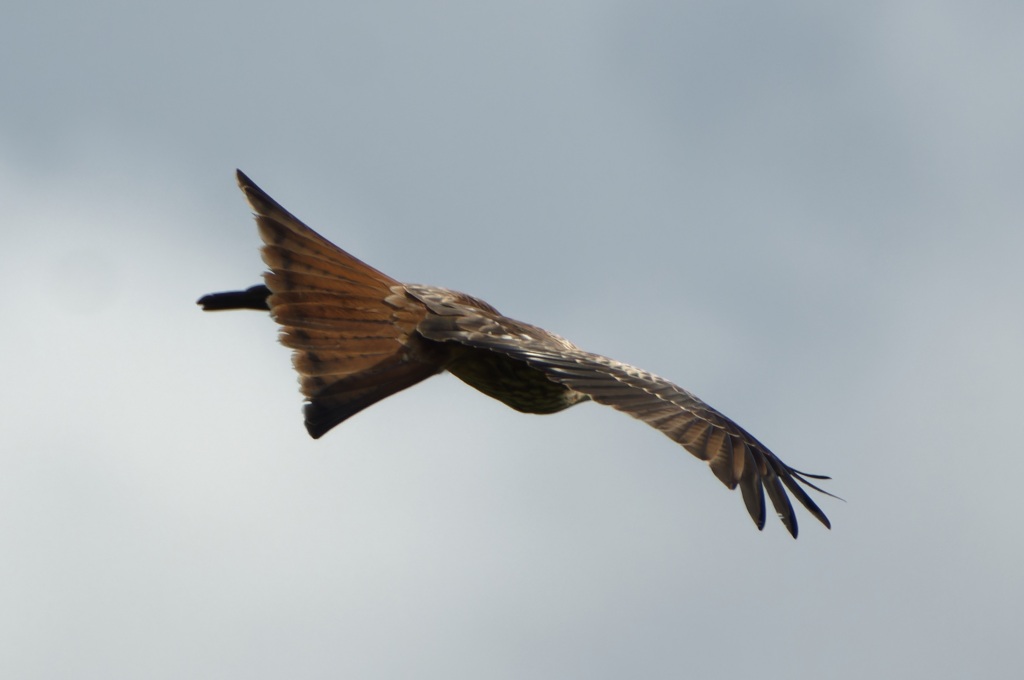
The view of the bird above me was surprising – I don’t think I was really expecting the white face.

This view makes me think of Eagles, but while these Kites soar and glide beautifully, they are no killing machines. Despite their size (wingspans approaching two metres), their diet is made up of carrion and small prey – earthworms, voles, small birds, lizards and snakes in foreign. We are told that Red Kites lack the talon strength to puncture larger prey to subdue it, and then lift it from the ground and carry it away. While Mr Bowser commented that tales of Red Kites carrying away lambs were apocryphal, he speculated that a Red Kite might chance its arm with a Pomeranian; I’d pay money to see that. I found a paper in Nature which looked at the relationship between talon morphology and diet for a set of 21 raptors.
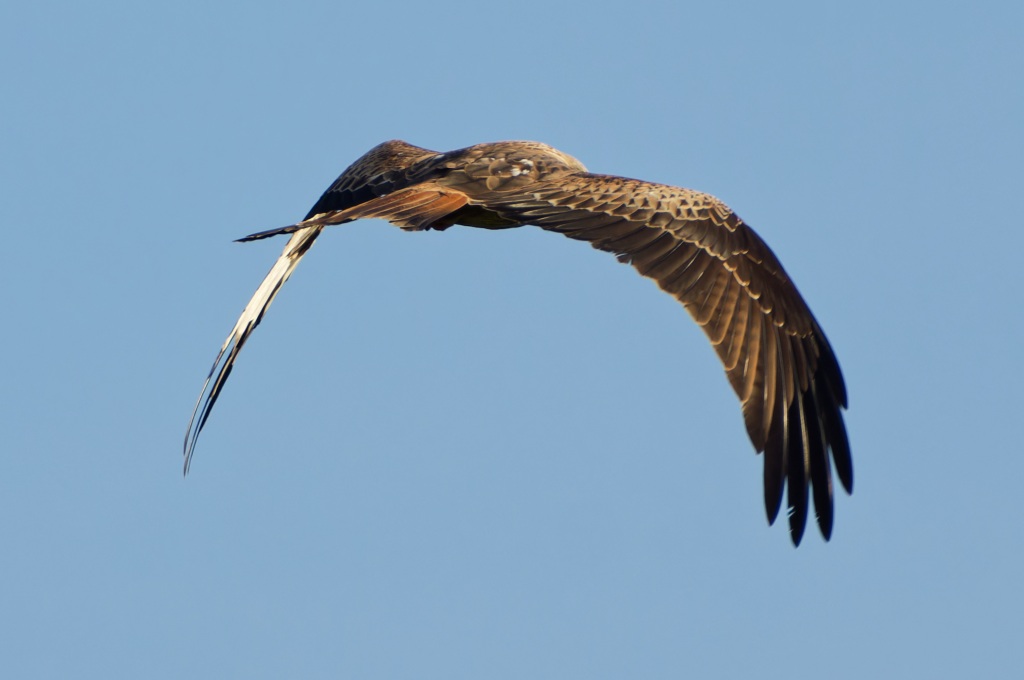
In the principal component analysis plots, the single Kite species in the study (Milvus migrans, the Black Kite) lay closest to the Vultures, which make up the “couldn’t kill a Tunnocks teacake” contingent. A two-metre wingspan and you’re picking on earthworms and voles, for shame.
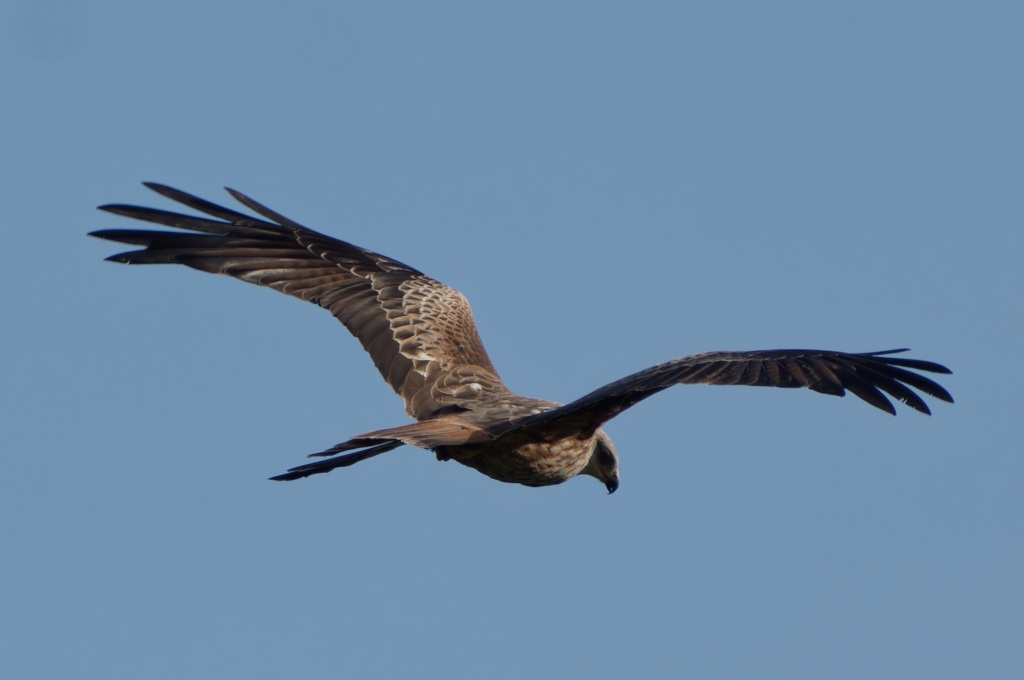
My first sighting of a Red Kite was from a train some years ago when I was travelling from Birmingham to give a research talk somewhere out west. It turns out that some of the householders of Greater Reading have taken to feeding Red Kites in their gardens and have affected the local population (positively, bravo). As they will also be feeding rats and foxes, one imagines that there has been a corresponding rise in suburban strife.
For those of you wishing to enjoy a wider range of better quality images, I can recommend those in a magnificent tome (close to 400 pages) entitled “The Red Kite. Biology and Conservation” by Arroyo et al. which also has much to say about the biology of the species (studied in Spain).
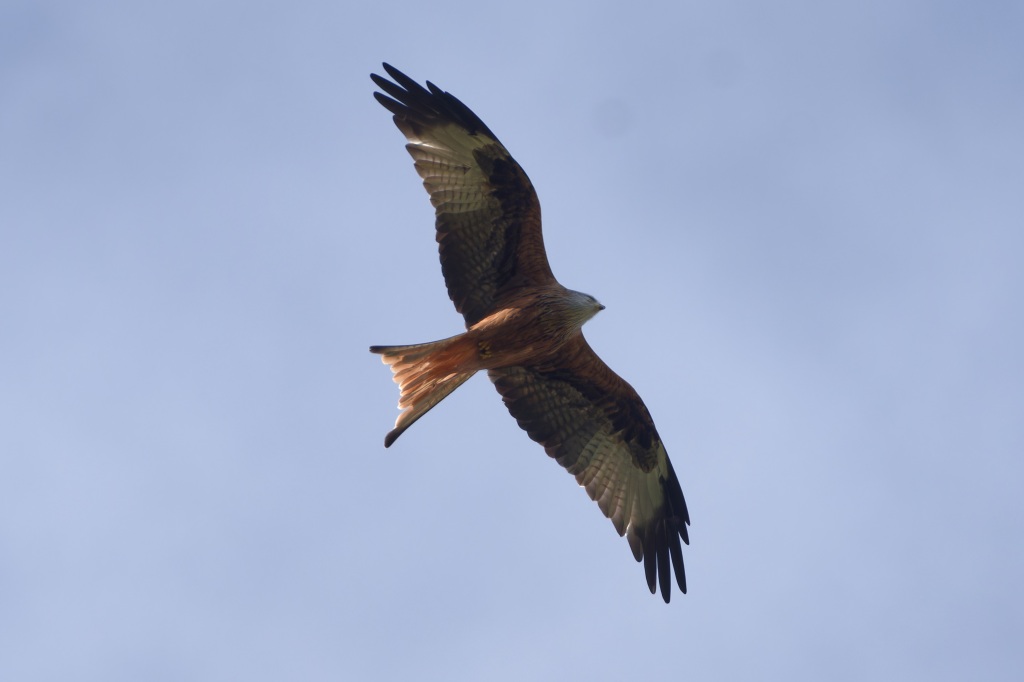
The Red Kites were a thrilling site and we are grateful to Nigel and Janet for taking us to see them.
